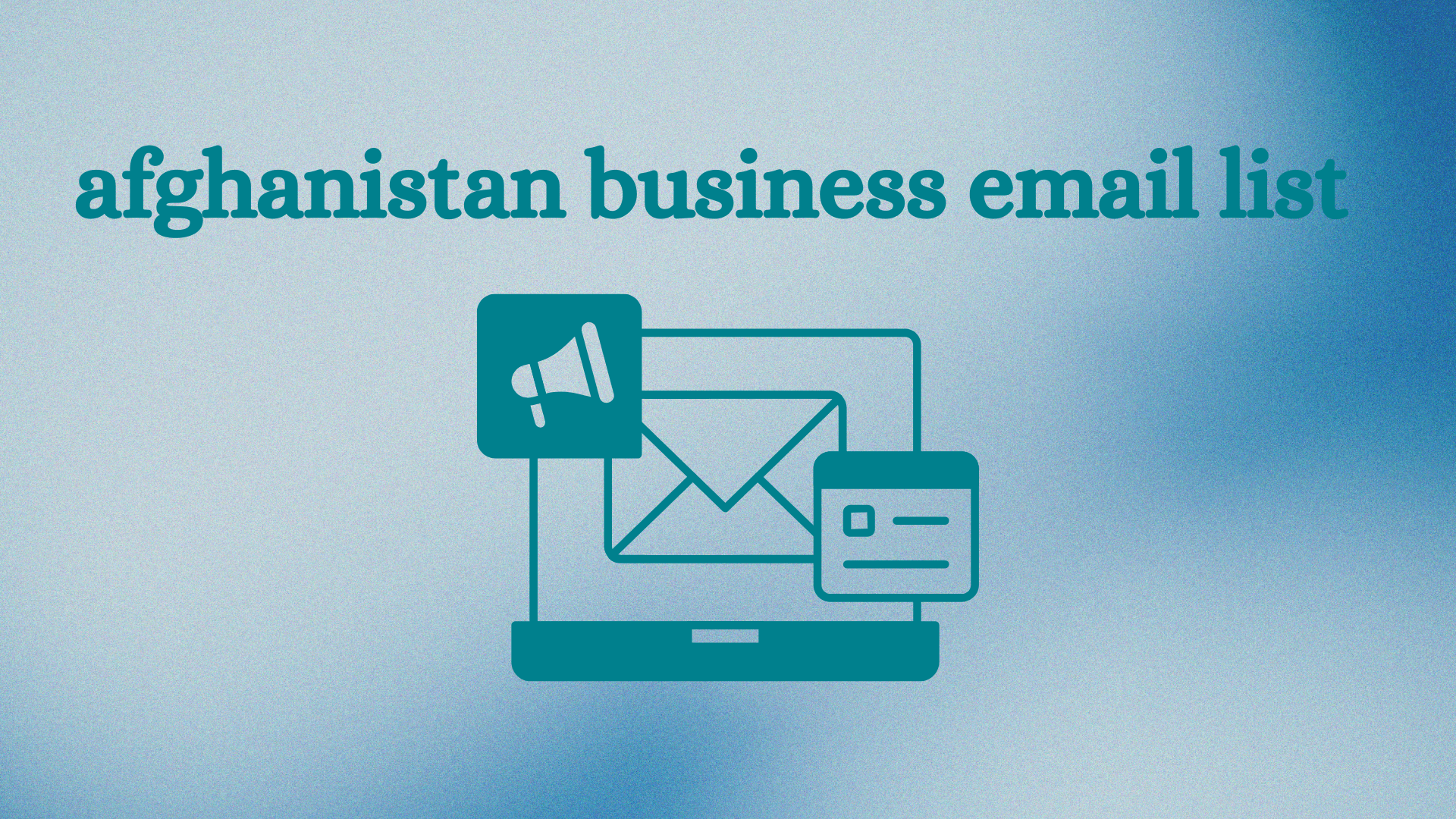Demographic Data Analysis
Demographic data such as age, gender, location, and income can help companies build a basic profile of who their customers are. This is essential for creating targeted messages and products. Platforms such as Google Analytics and social media platforms provide detailed demographic metrics that can help inform these analyses.
Persona Development
Based on market research, creating personas – fictional representations of the ideal customer – is an essential process. A well-crafted persona allows the company to personalize communication with the customer, increasing the relevance of campaigns. According to the Content Marketing Institute, 56% of companies that use personas report an increase in the quality of leads generated. This is because personas help to understand the motivations, challenges and needs of customers, making it easier to create targeted content.
Persona Refinement
With continuous data collection, the company can adapt its personas as new information emerges, ensuring that the marketing strategy remains effective.
Brand Positioning
Brand positioning defines the perception that the public will have of the brand. For positioning to be effective, it needs to be authentic and resonate with consumers’ values. A Nielsen study shows that 64% of consumers consider brand transparency to be a crucial factor in their purchasing decision. Therefore, the company must invest in messages that clearly communicate its values and its unique value proposition, creating a connection with the public.
Value Proposition and Differentiation
The value proposition is a fundamental element for positioning. It is important to communicate why the product or service is unique in relation to the competition, whether due to price, quality, service or specific values that the brand represents.
Data-driven decision making
Data analysis is the heart of a modern marketing strategy. Companies that use data to make strategic decisions have a higher success rate in their campaigns, according to a report by Harvard Business Review. Collecting and analyzing data makes it possible to understand consumer behavior, helping to adjust and optimize strategies afghanistan business email list in real time. Analytics tools, such as Google Analytics and CRM platforms, are essential for monitoring campaign performance and identifying areas for improvement.

Key Performance Indicators (KPIs)
KPIs are essential metrics for monitoring the progress of a campaign. They help determine whether objectives are being met and whether the strategy needs to be adjusted. Some of the most common KPIs include cost per acquisition (CPA), conversion rate, and return on investment (ROI).
Content Creation
Content is one of the most important tools for attracting and engaging customers . According to Demand Metric, content marketing generates three times more leads than traditional marketing and costs 62% less. Good content should inform, educate, and at the same time encourage action from the consumer. In addition, the content should be optimized for search engines, ensuring that the company achieves online visibility.
SEO and Keywords
In order for content to be found by users, it is necessary to implement SEO (Search Engine Optimization) techniques. This involves the strategic use of keywords, structuring content and optimizing the website to ensure that it appears in the first search results. Research by Ahrefs reveals that 75% of users never go past the first page of Google results, highlighting the importance of SEO.
Marketing Automation
Marketing automation allows companies to scale their campaigns effectively, delivering personalized messages to large volumes of customers. According to Salesforce, companies that use marketing automation see a 20% increase in lead generation. With tools like HubSpot and RD Station, companies can automate emails, social media messages, and even lead follow-up, saving time and resources.
Automated Segmentation
Automation also makes it possible to create personalized campaigns based on customer interests and behaviors. Automated segmentation helps you send the right messages to the right people at the right time, increasing the chance of conversion.
Campaign Analysis and Adjustment
Marketing is a dynamic process, and campaign performance analysis must be ongoing. Companies that regularly review their strategies and adapt their campaigns achieve better results. According to Google, campaigns optimized based on data analysis increase engagement rates by an average of 50%. This ongoing analysis allows strategies to be adjusted, investing more in channels and campaigns that are performing better.
A/B Testing
A/B testing is an effective technique for optimizing campaigns. It involves creating two versions of a campaign to see which one generates better results. This is common in ads and emails, where everything from the color of a button to the text of a call to action is tested, constantly improving the elements that have the greatest impact on conversion.
Social Media Management
Social media is one of the main tools for interacting with the public. It allows brands to build a close connection with customers, becoming more human. According to Statista, 54% of consumers research on social media before making a purchase. Effective social media management includes creating relevant content, monitoring comments and interacting with followers. It is important to adapt communication to each platform, since the audience may vary between them.
Customer Engagement and Relationship
Engaging with your audience is key to building brand loyalty. Companies that respond quickly to messages and comments demonstrate commitment to their customers, which increases trust and engagement.
Reputation Monitoring and Management
A brand’s reputation directly influences consumer perception. According to a study by Weber Shandwick, 85% of consumers are influenced by a company’s reputation when deciding where to buy. Therefore, it is crucial to monitor what is being said about the brand on social media, review sites and online forums. Tools such as Google Alerts and Hootsuite allow the company to monitor mentions and quickly respond to criticism, maintaining a positive image.
Crisis Management
Every company is subject to criticism or image crises, and the way it handles these situations can influence its reputation in the long term. Crisis management involves a quick and empathetic response to resolve conflicts and prevent negative situations from escalating.
